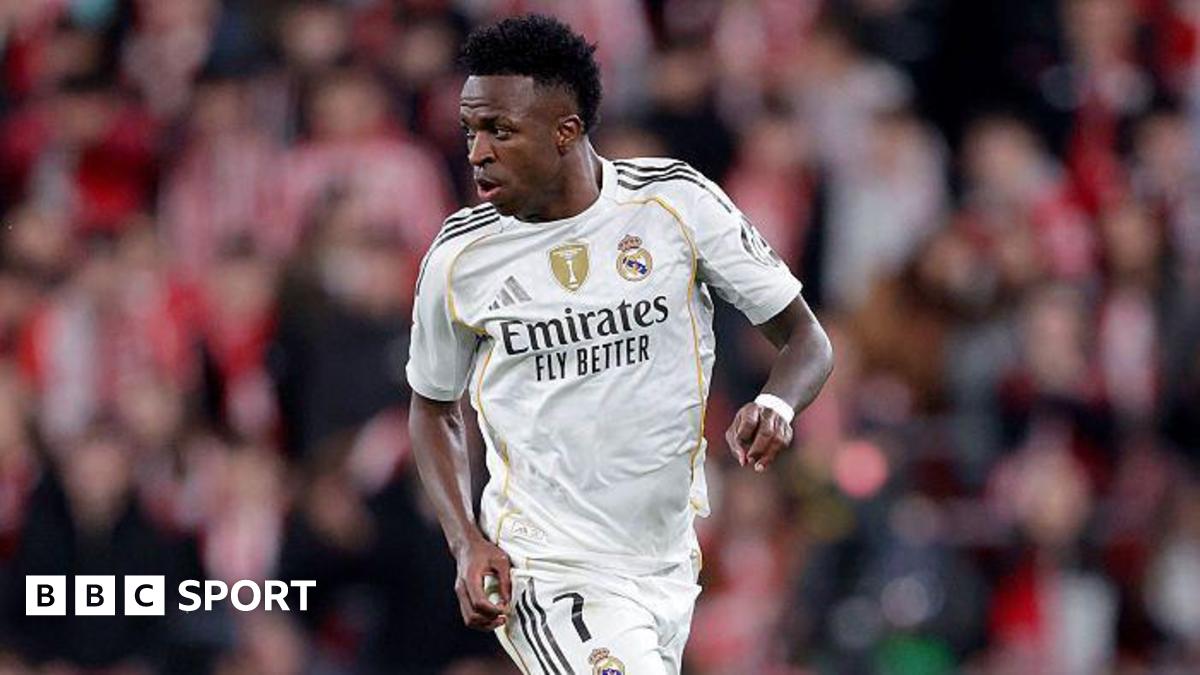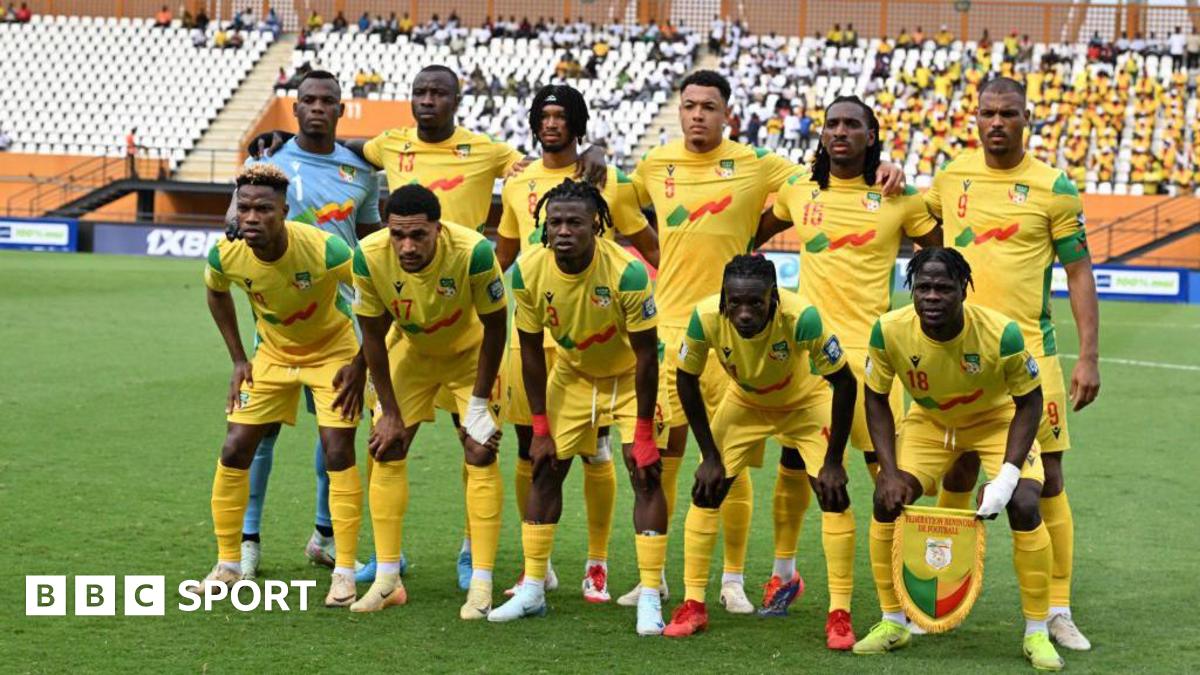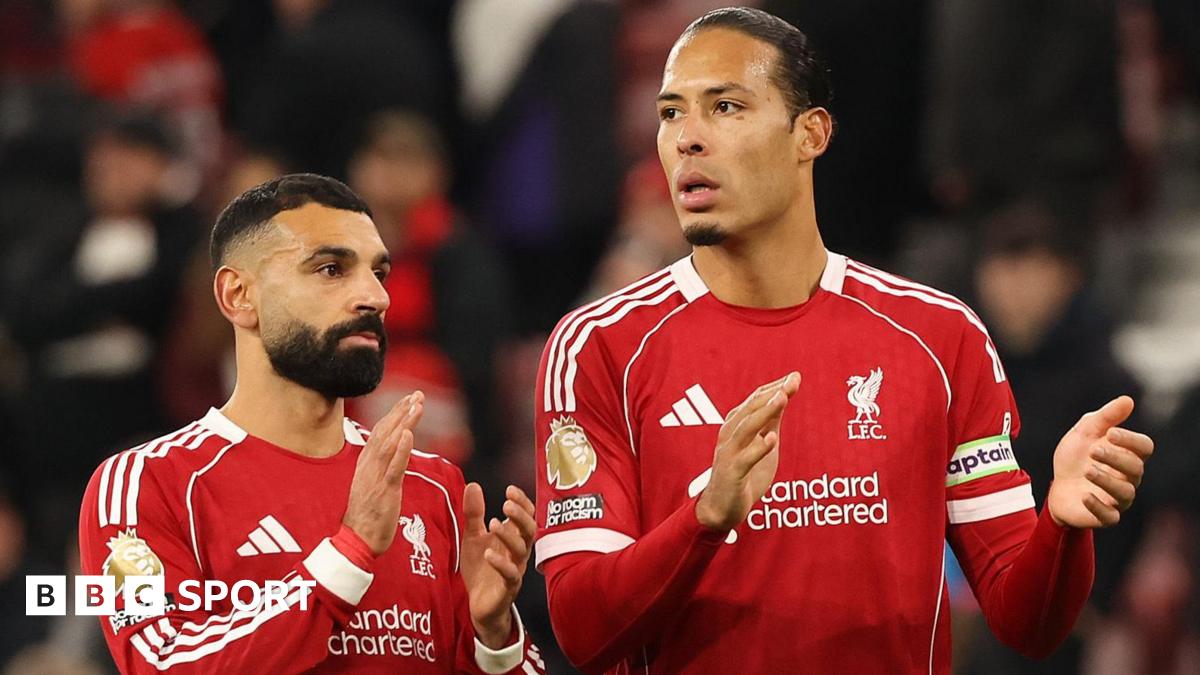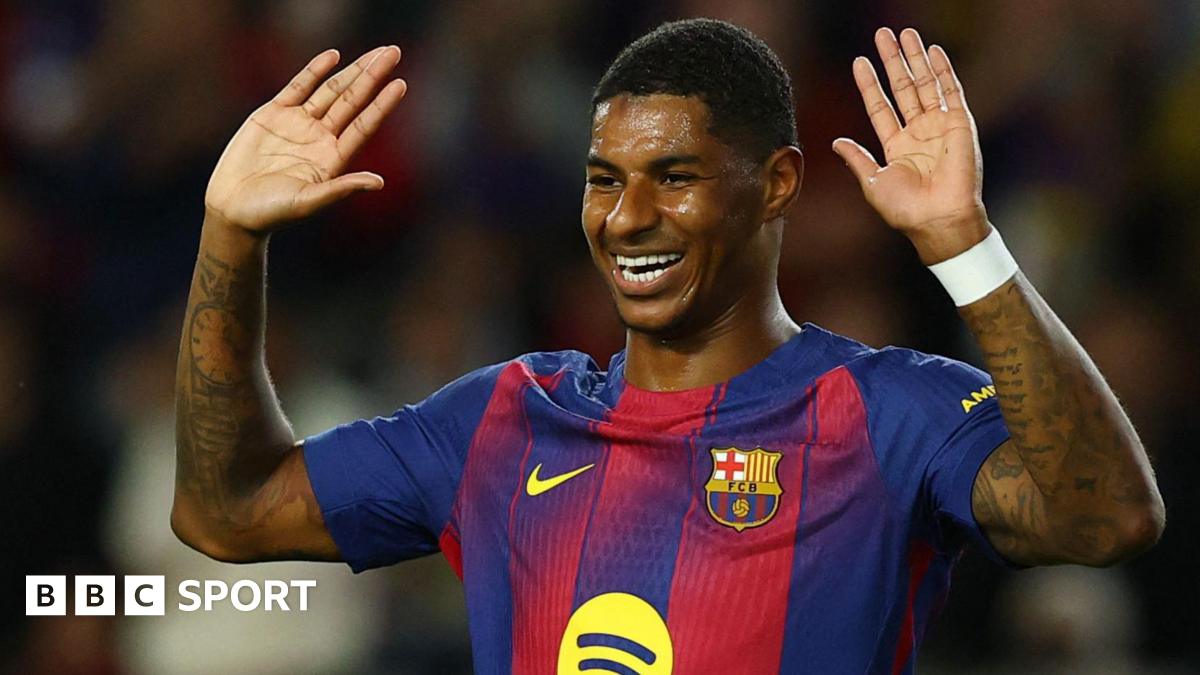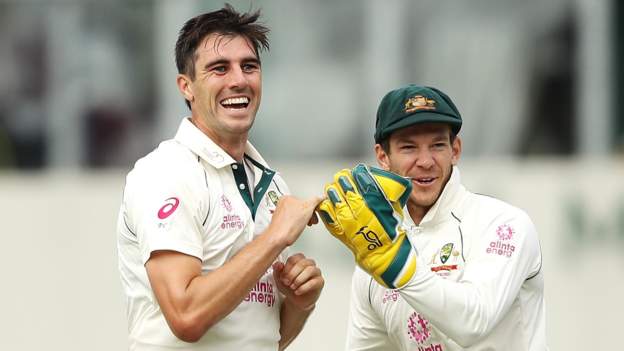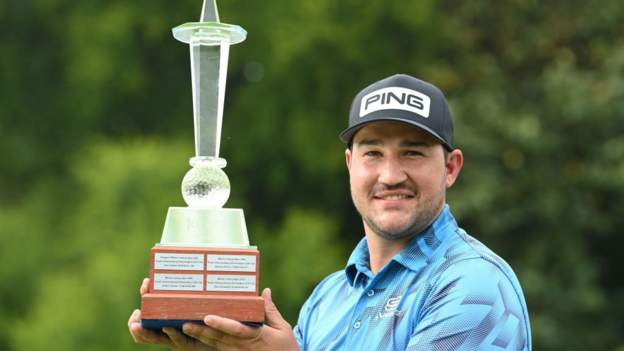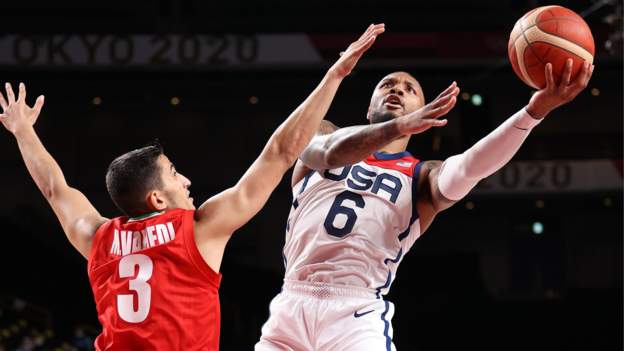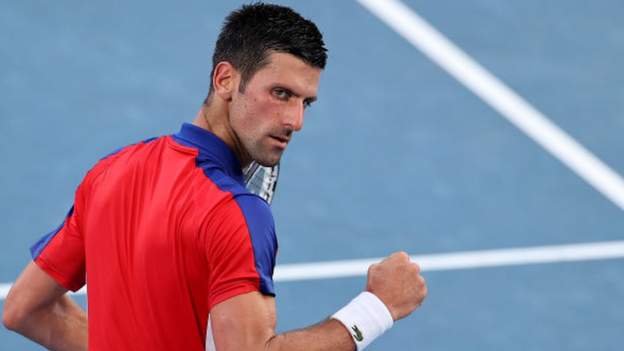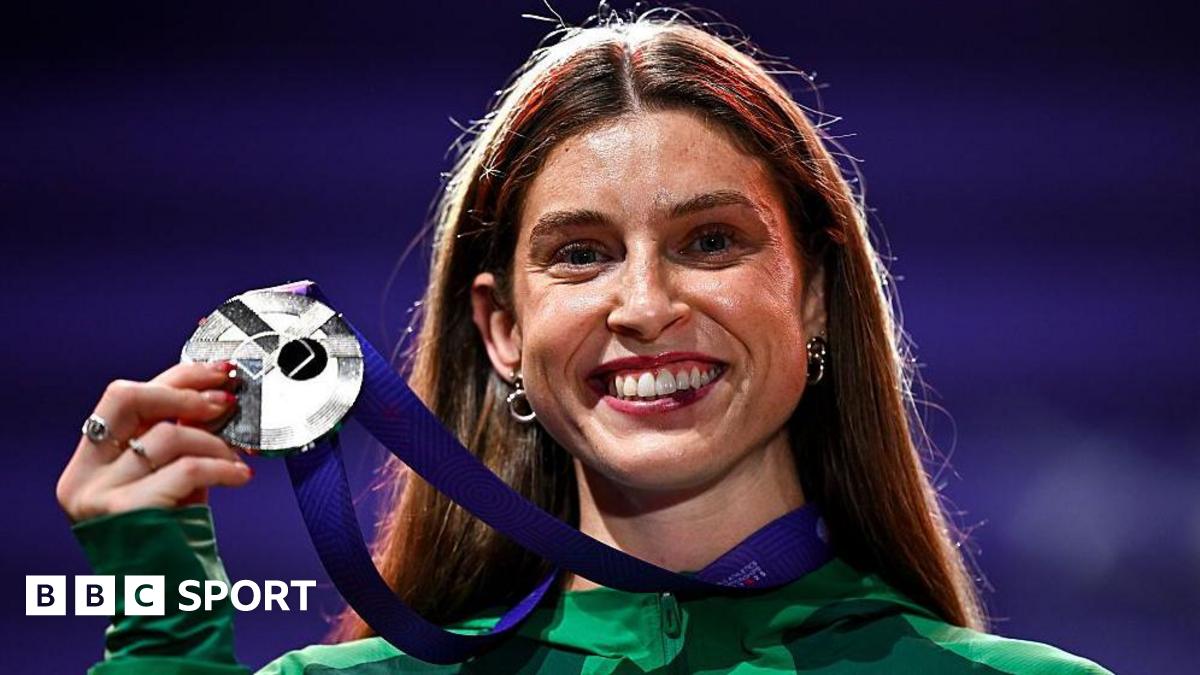As far as big reveals go, this was like being told that Christmas this year will be held on 25 December. Patrick Cummins was announced as Australia’s next Test captain after a week of everybody knowing that Patrick Cummins would be Australia’s next Test captain.
It followed two years of him being vice-captain, more than two years of speculation that he should one day be captain, and a move from Cricket Australia last season to have him captain New South Wales to get some senior experience in the job.
As much as no-one was expecting him to take over right now, given the blindside of Tim Paine’s apologetic resignation in what can at best be called less-than-ideal circumstances, Cummins being next in line has been on the cards for some time.
A captain who takes the new ball is quite the concept. It is unheard of in Australia where most things in cricket are treated with the utmost conventionality, and captaincy more than any.
Ever since leg-spinning all-rounder Richie Benaud finally buttoned up his shirt and departed in 1964, the job has been assumed to belong by divine right to the side’s best specialist bat. If they know how to score runs, they know how to lead teams, apparently.
Ricky Ponting agonised about continuing as a player after giving up the leadership, because Australian captains weren’t supposed to do that either. Other countries have at times been able to pick entire teams from the ranks of former skippers, flipping the job around like a hot potato, but Australian captains were supposed to take it on for a certain number of years before handing it on in an orderly and dignified procession.
That wasn’t exactly the process in 2018, when Steve Smith was banned after the sandpaper business. Giving the job to Paine, a wicketkeeper, was big change for Australia, but in a time of crisis convention was no longer tenable.
Perhaps that paved the way for this final evolution, a radical departure for a country whose entire CV of fast-bowling captains consists of Ray Lindwall filling in for one Test in India in 1956.
But why shouldn’t fast bowlers be captain? Why should the job be limited to half the cricketing population, like the days of gentlemen versus professionals where some lord or other would always be given the gig because he was already skilled at ordering around the people who did all the work?
The rationale is that fast bowling is intensely physical work. Thirty-yard sprints over and over before hurling a projectile at an opponent: it’s like a beep test combined with laying siege to an enemy fort. After an hour of gut-busting effort, it’s fair enough that bowlers would like to graze at fine leg for a session and not think about anything much.
Batters, meanwhile, only have to stand at slip and tell jokes as they try to forget the existential dread of the next time they come out to face the bowling.
But that isn’t to say it can’t be done. Cummins is a top-notch fielder, so he tends to be close to the wicket in any case. He was switched on enough to run out Cheteshwar Pujara with a diving direct hit from mid-on from the last ball of the day in Adelaide in 2018. He is unlikely to stop thinking about the match he’s playing whenever he isn’t bowling. And he can draw on a consensus approach using input from the players around him.
The other note is that bowlers tend to be injured more often, meaning other captains have to fill in. But after sitting out with injury for six years between his best-on-ground Test debut in 2011 and his second match in 2017, Cummins has almost been Australia’s most durable player.
He sent down long spells on slow tracks in India and Bangladesh, ploughed through a full Ashes series at home and away, bowled his heart out to the end of the fourth Test on that turbulent visit to South Africa, and got through three other full Australian summers. The only time he has missed out since his comeback was a two-Test away trip against Pakistan.
Not to mention that he’s only captain in one format, and Australia’s planning is not that big on Test cricket at the moment. Upcoming home seasons are capped at five matches, and away tours are chosen selectively on how much Cricket Australia likes certain countries and certain countries’ money.
Of course, if and when he does miss a match, the stand-in will be newly appointed vice-captain Smith. When one captain resigns amid scandal, it does seem odd to line up a return for the captain who resigned amid scandal before him.
Presumably those leading CA like the thought of Smith getting another shot, changing the record so that his final match in charge won’t be the one where his team was caught cheating in Cape Town. It’s safe to say there are other Australians, notionally represented by this team, who won’t feel so charitable.
To avoid that happening, all that is required is for Cummins to go uninjured for the next three or four years. Which is asking rather a lot. But it’s possible. Batters get injured too. Having contingency plans is sensible; avoiding plans out of fear of contingencies is no way to live.
Cummins has claims to being the best player in the Australian men’s team, but he also has claims to being the best person. He brings decency, an ability to communicate, credibility in a team that sorely needs it.
The fear is that captaincy for bowlers is too hard, but there’s no way to know unless a player is given a chance. It’s the right move for someone who might make great use of it.



